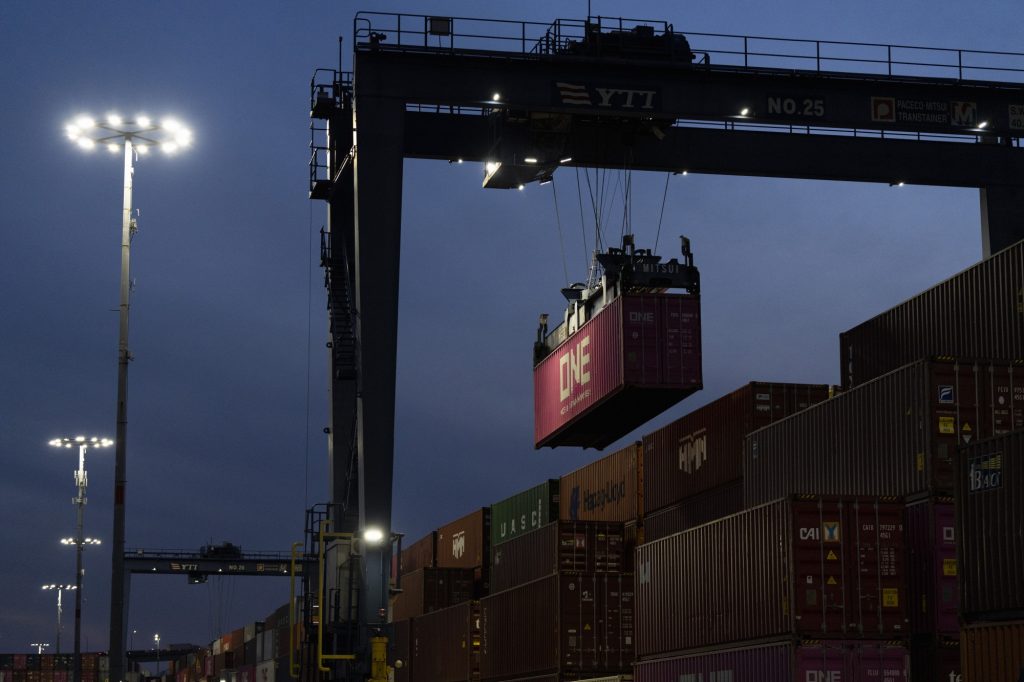The U.S. trade deficit experienced a notable increase in January, driven by a significant rise in goods imports, according to data released by the Commerce Department’s Bureau of Economic Analysis. The widening trade gap, if sustained, could potentially detract from economic growth in the current quarter.
The trade deficit expanded by 5.1% to reach $67.4 billion in January, marking a substantial increase from the previous month. This figure was higher than the $64.2 billion reported for November, which was revised upward from $62.2 billion. However, there was a narrowing of the trade deficit for the full year 2023, which decreased to $779.8 billion from $951.2 billion in 2022.
While the trade deficit represented 2.9% of gross domestic product , down from 3.7% in the previous year, it still poses a challenge to economic growth. In the fourth quarter of 2023, trade contributed 0.32 percentage point to the economy’s annualised growth rate of 3.2%. However, growth estimates for the first quarter of this year are converging around a 2.0% pace.
The increase in imports played a significant role in driving the trade deficit higher, with imports rising by 1.1% to $324.6 billion in January. Goods imports experienced a particularly notable surge, increasing by 1.2% to $263.4 billion. Imports of capital goods and motor vehicle parts and engines reached record levels, signaling potential strength in business investment.
On the export side, there was a marginal increase of 0.1% to $257.2 billion in January. Goods exports also saw a slight uptick of 0.1% to $171.8 billion, with capital goods exports reaching record highs. However, this was partly offset by a decline in crude oil exports. Services exports increased to an all-time high of $85.4 billion.
While the increase in imports reflects robust domestic demand, it also underscores the challenges faced by the U.S. in rebalancing its trade relationship with other nations. Efforts to address the trade deficit and promote sustainable economic growth will likely remain a focus for policymakers in the coming months.
The data comes amidst ongoing global economic uncertainties, including geopolitical tensions and supply chain disruptions, which continue to impact trade dynamics. As such, monitoring trade trends and implementing appropriate policy responses will be crucial for navigating the evolving economic landscape.
